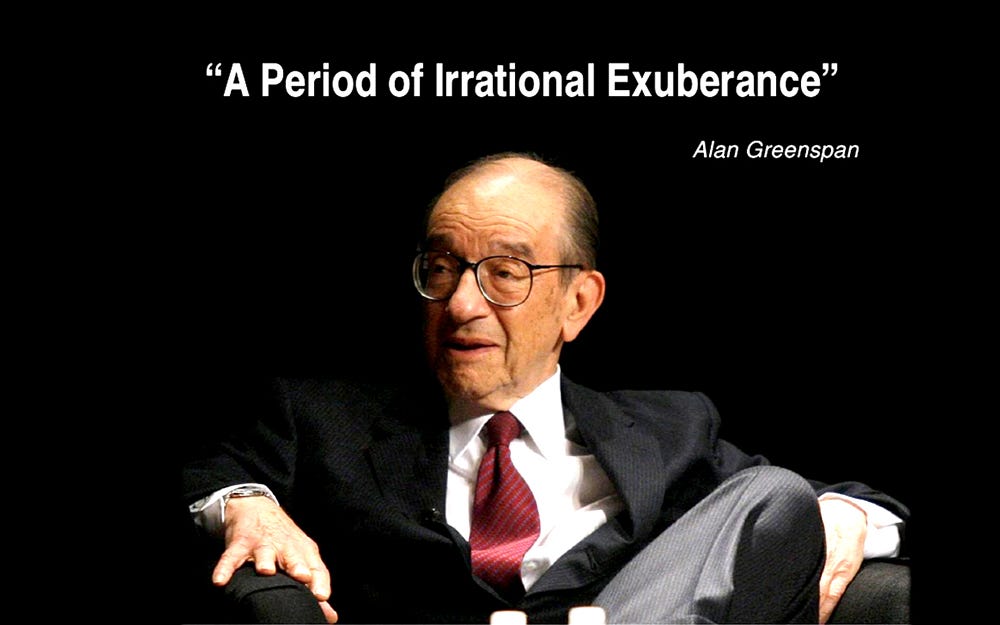"We tend to overestimate the effect of a technology in the short run and underestimate the effect in the long run."
Roy Amara, researcher, scientist, futurist. (1925-2007)
Spoiler alert: We’re going to talk about Amara’s Law in relation to Bitcoin.
Roy Charles Amara, the former head of the Stanford Institute for the Future, went on to say that his law “implies that between the early disappointment and the later underestimate, there must be a moment when we get it about right.” Amara defined “short run” as about ten years, and “just right” as fifteen years.
It should be noted that a “law” such as Amara’s is not an immutable law of physics or of mathematics. It is more of an observation of occurrences. If you’ve followed my earlier writings, you know that I’ve discussed other so called laws, such as Metcalfe’s Law, Moore’s Law, and the Lindy Effect. All could be better labeled as descriptive observations.
But Why Do We Do This?
Why do we overestimate a new technology’s effect? When we learn about a great new technology, one accompanied by a lot of enthusiasm, we get blinded as to any negatives that may exist. We are so convinced that this new technology will change the world that we don’t want to see any possible negative consequences. As a result, we get defensive and tend to overlook any drawbacks in the new tech. And yes, this has even happened with Bitcoin.
But why do we later underestimate the possibilities of the breakthrough technology? Mainly because we tend to envision new technologies taking place in the world as it exists at the time. We don’t factor in societal and generational changes that will occur as a result of this breakthrough. When each new generation grows up under different societal conditions, it is easier for the next generation to adopt great new technologies.
“Science advances one funeral at a time.” - Max Planck, German theoretical physicist.
Following the initial time of irrational exuberance, when adoption and applications start to lag behind expectations, we begin to doubt the potential of the breakthrough. Meanwhile, there are things going on behind the scenes that are furthering the potential of the technology, and new developments inevitably come about. This is how we end up underestimating the potential in the long run.
How does this relate to the Internet?
Amara seemed to imply that there is a time when are expectations are about right, and that is around fifteen years. Think about the internet. When the internet swept the world in the early nineties, the hype was extraordinary, and only wonderful things could be envisioned with this new World Wide Web. This continued unabated until 1999, when the Dot Com bubble burst. The world woke up to the fact that not every internet domain name was going to turn into a billion dollar business enterprise.
And when the early hype subsided, some predicted that the internet would go nowhere. Think: Economist Paul Krugman, who famously stated the “the internet’s impact on the economy will be no greater than the fax machine’s.” Clearly underestimating the potential of the internet. Krugman also thought that the growth of IT jobs would slow, and that the phrase “Information Economy” would sound silly. Swing and a miss.
Gartner Hype Cycles
Technology research and consulting firm Gartner, Inc. developed a graph to depict the adoption cycles of certain new technologies.
Gartner describes the first stage as innovation stage, where companies are working on new technology and applications, and very few are making money from it. Then, a few successes will lead to the stage of inflated expectations. Capital will flow into new projects, and the future possibilities will seem endless. Then, some scams and failures will occur.
After a while, a slowing period of advancement will lead to a time of disillusionment. Expectations will decrease, until the technologies get perfected and more uses become apparent. Then, a period of enlightenment occurs. This will eventually plateau as the new technology goes mainstream.
So, Where’s Bitcoin in This Cycle?
The early days of Bitcoin, from 2009 until around 2012, could be termed the Innovation Period. The viability of Bitcoin hadn’t been proven, and there were little or no practical uses for it.
The years 2013 through 2017 were when Bitcoin became much more popular, and success stories started to pop up. Awareness was growing and people were convinced it was going to $1 million, and very quickly. Inflated Expectations took hold. Not surprisingly, scams and hacking start to take place as well. Copycat coins launched, thousands of them, many of them just outright swindles. Bitcoin soared to over $19,000 in late 2017.
The Disillusionment Period followed, from early 2018, when Bitcoin’s price crashed, until 2020, when Bitcoin crashed again at the start of the pandemic. Interest in Bitcoin dies down, evidenced by a huge drop Bitcoin Twitter accounts and mentions. Bitcoin starts to be looked at as a technology stock, a “risk on” asset. Such a view showed, as I’ve often said, that Bitcoin was terribly misunderstood. And that we were so early. Like, second inning early.
The Enlightenment Phase, that’s where I think we are now. Bitcoin is becoming more widely understood. More companies are buying Bitcoin, and more firms are offering onroads to investing in it. More conservative institutions, including large corporations and governments, are still cautious and skeptical. Great applications and projects are being developed every day. Soon, healthy doses of regulation will come about, making Bitcoin safe and accessible to the masses.
In my opinion, we are nowhere near the next phase, the Plateau of Productivity. I’m thinking, like 2024 to 2025. When Bitcoin becomes a part of our daily lives and the novelty has worn off. There will be broad adoption of Bitcoin as a savings and remittance tool. Mass adoption will pay off big in both Bitcoin price and in major Bitcoin projects.
The history of technology adoption cycles can provide insights into future breakthroughs. Roy Amara died in 2007, before Satoshi’s launch of Bitcoin. But Amara’s Law of technology adoption cycles fits Bitcoin’s story, pretty perfectly.
Link to my previous article “Bitcoin’s Adoption Curve.”
Last Week’s Issue: “Bitcoin During Wartime”
Issue No. 47, March 11, 2022
Rick Mulvey is a CPA, forensic accountant and crypto consultant. He writes about all things Bitcoin, and yells at the Yankees and Giants. He also runs marathons and makes wine, neither professionally.
Follow on Twitter! The Bitcoin Files Newsletter








